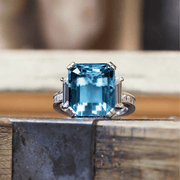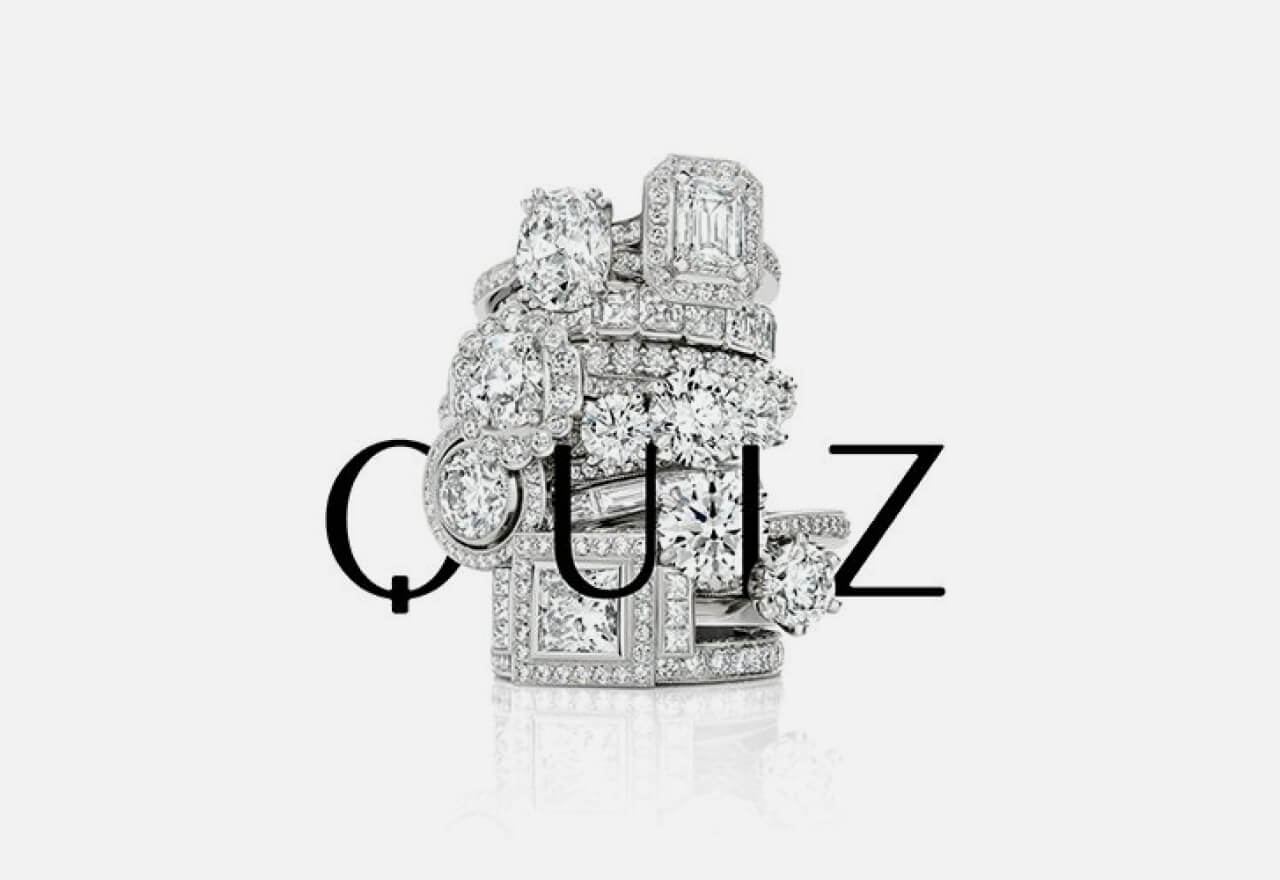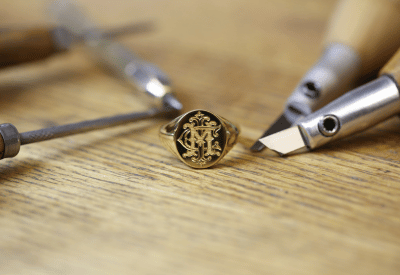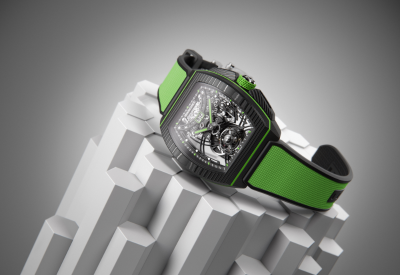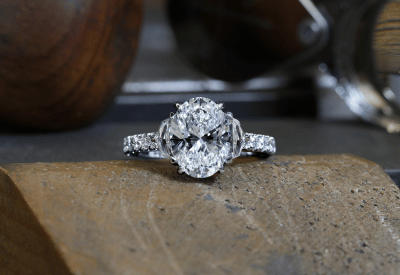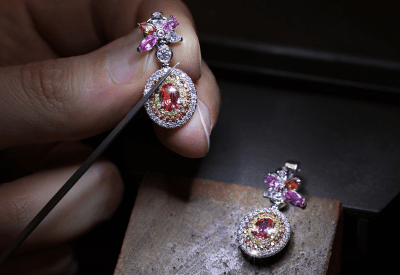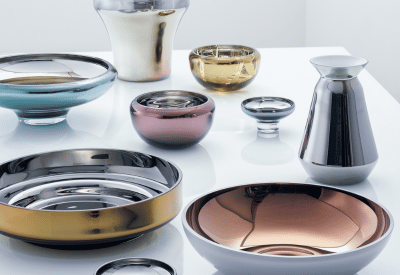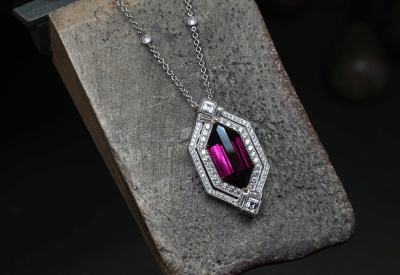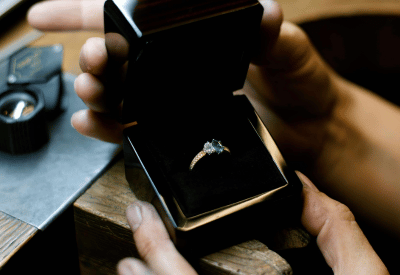

Guide to Coloured Gemstones
Coloured gemstones for engagement rings and jewellery
Discover a curated collection of exquisitely coloured gemstones at Fairfax & Roberts.
Fairfax & Roberts empowers you with the knowledge to confidently navigate the world of coloured gemstones. Our detailed gemstone buying guide educates the essential factors that play an important role in the quality and value of a coloured gemstone. The guide includes detailed information about the renowned 4Cs and ethical sourcing practices. Learn about the symbolism of each gemstone its unique characteristics, including hardness, durability, colour variation and the impact of stone cut.
Coloured gemstones are an expression of nature’s artistry telling a unique story through its captivating beauty and rich colour. At Fairfax & Roberts, we believe coloured gemstones are a personalised treasure that can crafted into bespoke designs to create a masterpiece that will become cherished heirlooms.
Sapphire
Sapphires, originating from the mineral corundum, are rare gemstones mainly found in regions like Kashmir, Burma, and Sri Lanka. Despite corundum's abundance, high-quality sapphires are scarce due to their rarity.
Heat treatment of sapphires is a common practice in the industry to
enhance their colour and clarity. Even though untreated sapphires of
exceptional quality exist, they are uncommon and pricey. The value of a
sapphire is significantly impacted by the stone cut. Skilled jewellers
customise cuts to maximise beauty, adjusting depth for optimal light reflection
based on the stone's colour intensity.
When evaluating the quality of a sapphire, experts suggest inspecting
its cut under natural light for vibrant colour flashes, avoiding dull spots. A
desirable blue sapphire exhibits a rich cornflower hue without being overly
dark. Secondary hues, like violet and purple under UV light, add to its allure,
while less desirable hues include grey, green, and yellow.
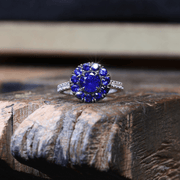
Emerald
Emeralds, among the world's most precious stones and are highly valued gems. Colombia leads in emerald production, contributing over 50% of the world's supply.
Derived from the beryl mineral, emeralds owe their green hue to trace amounts of chromium or vanadium. The most coveted emeralds feature a vibrant
bluish-green to pure green saturation with high transparency and moderate darkness. Clarity is also crucial; while diamonds are assessed under magnification, emerald clarity is gauged with the naked eye, with eye-clean
stones being incredibly rare.
Despite ranking high on the Mohs scale for hardness, emeralds are relatively less durable due to internal inclusions, making them sensitive to chemicals and ultrasonic cleaning. Warm, soapy water is the recommended cleaning method, and caution is advised with white gold settings, as frequent rhodium plating can affect the gem's quality.
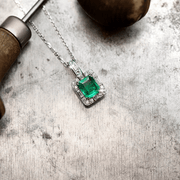
Ruby
Rubies, like sapphires, are a variety of corundum distinguished solely
by their red colour; all other hues of corundum, including light pink, are
classified as sapphires. The richness of colour is the primary factor influencing a ruby's value, with deeper hues generally considered more desirable.
Colour intensity in rubies is assessed through three factors: hue, tone, and saturation. The hue determines where the ruby falls on the colour
spectrum, with secondary colours like purple or blue enhancing the red hue. Tone indicates the lightness or darkness of the red shade, ideally falling in
the medium range for premium rubies. Saturation refers to the depth of colour, with well-saturated rubies exhibiting vividness, sometimes visible under UV
light.
Natural rubies commonly contain imperfections such as colour impurities
and inclusions known as silk, which can enhance the stone's rarity and value if
properly cut to interact with light. Recognising these imperfections helps
distinguish natural rubies from synthetics, with inclusions like silk
contributing to unique optical effects like star-like bursts of light.
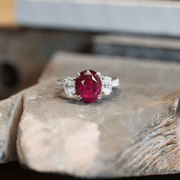
Yellow Diamonds
In the realm of diamonds, rarity directly correlates with value.
Coloured diamonds, termed fancy diamonds, vary in rarity, with yellow fancy diamonds being relatively common yet still significantly scarce, accounting for only 1 in 10,000 carats. The GIA intensity scale categorises yellow diamonds,
ranging from fancy light to fancy deep, with higher intensity levels commanding greater worth.
The choice of cut profoundly influences a yellow diamond's appearance, with round brilliant cuts potentially diminishing colour saturation due to their superior white light reflection. Opting for fancy shapes over round cuts
can enhance colour vibrancy by minimising white light reflection.
Surrounding a yellow diamond with
yellow gold, intensifies its colour perception, sometimes elevating
the perceived intensity grade. In the quest to maximise a yellow diamond's allure, the interplay between cut, setting, and metal choice plays a significant role in accentuating the gemstones rarity and value.
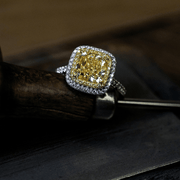
Aquamarine
Aquamarine gemstones, a variety of the mineral beryl, are identified by
their serene blue hues reminiscent of the ocean. The name ‘aquamarine’ is derived from the Latin words for "water" and "sea“, reflecting their captivating colour. Brazil is a leading producer of aquamarines, although these gemstones can also be found in countries like Madagascar, Nigeria, and Pakistan.
Aquamarines often exhibit exceptional clarity with few visible
inclusions. The most desirable stones boast a transparent quality, allowing light to pass through, enhancing their brilliance. The gemstones clarity, colour, and cut significantly influences its value and appeal.
The quality of an aquamarine can be assessed by evaluating its colour
under various lighting conditions. A high-quality stone should maintain its colour and allure in different settings and be a pure blue hue without any greenish undertones. When purchasing an aquamarine, focus on colour consistency and vibrancy, as well as clarity, aiming for stones with minimal inclusions and a lively, luminous appearance.
